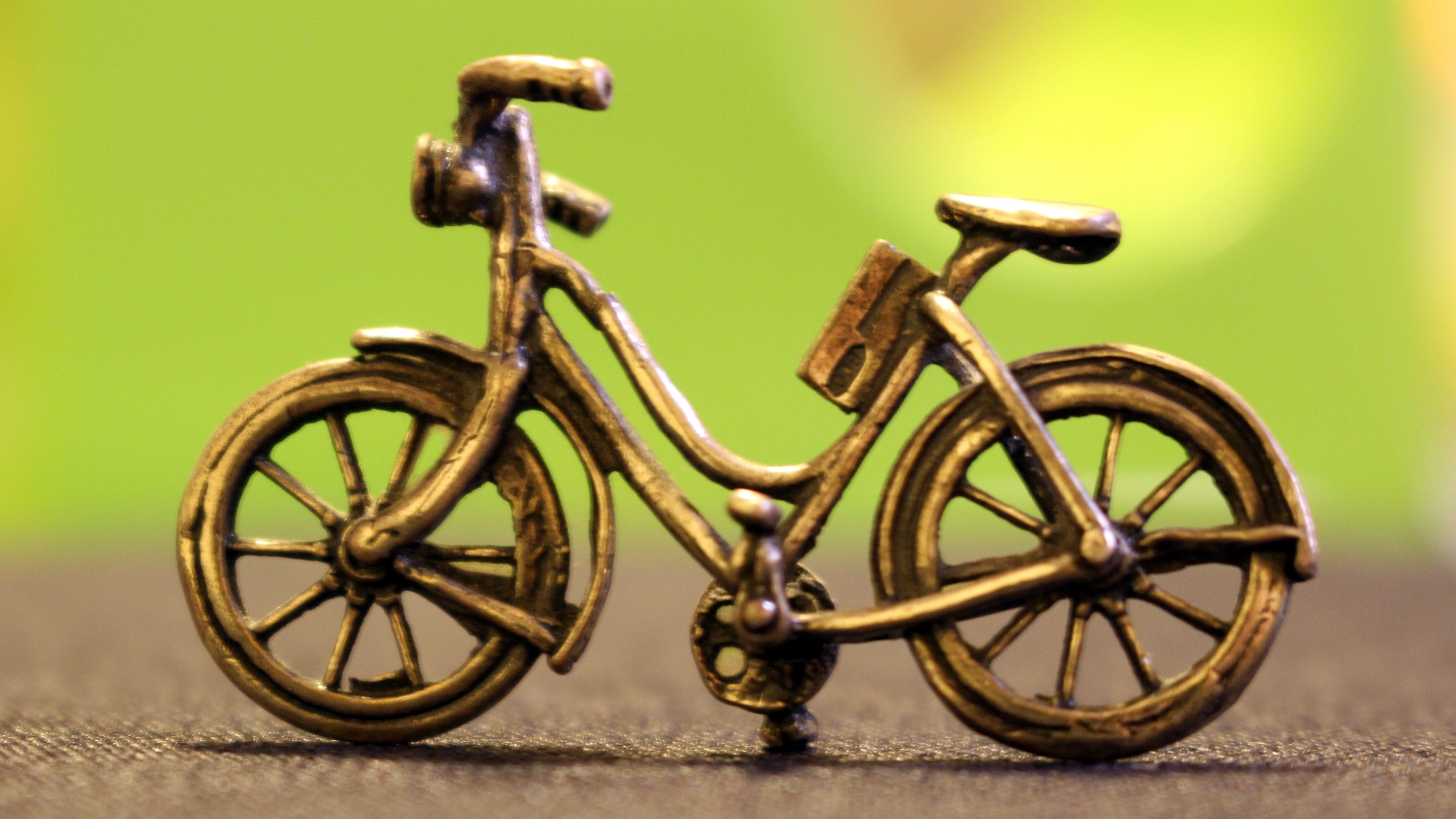Question: We are currently researching cyanide bronze electrolytes for an experimental project. In particular, we are lacking detailed information on the topics of anode material, arrangement and layer distribution. Do you have any information and practical tips for us?
Answer: The challenge with all alloy depositions is to ensure a constant and uniform incorporation rate of all alloy components. For most electrolytes - including bronze - there are various recipes with sometimes very different parameters. This applies not only to the chemistry, but also to the anodes.
There are tables for the various electrolytes which show which parameters favor or disfavor the incorporation of which metals. In general, however, the following rule applies:
"Polarizing measures have a more positive effect on the more negative potential."
This means, for example, that the mass fraction of tin increases if you
- the temperature is increased
- the current density is increased
- more cyanide is added
- lower the hydroxide content
- the copper concentration is reduced or
- increases the tin concentration.
Copper-tin alloys have good corrosion resistance, good mechanical properties and high wear resistance. The color can vary greatly. At 12 % tin, the coating is red, at 18 % yellow and at 22 % silver-white. Particularly in the case of strip coating, the change in color means that it is possible to tell very quickly whether the installation rate is OK, even within a small fluctuation range.
We assume that the bronze layer has technical functions and is deposited matt. If you are aiming for bright coatings, we would like to point out that brighteners for bronze electrolytes can often contain lead (keyword RoHS guidelines).
The most common electrolytes are based on stannate cyanide. They are prepared with both potassium and sodium salts. Copper cyanide and sodium stannate tri-hydrate are used as metal salts. Electrolytes based on pyrophosphates are also used.
Sodium tricyanocuprate(I) is formed during the preparation and dissociates:
CuCN + 2NaCN ↔ Na2[Cu(CN)3]
Na2[Cu(CN)3] ↔ 2Na+ + [Cu(CN)3]2-
[Cu(CN)3]2- ↔ Cu+ + 3CN-
and the sodium hexahydroxostannate(IV) dissociates in 2 steps:
Na2[Sn(OH)6] ↔ 2Na+ + [Sn(OH)6]2- ↔ 2Na+ + Sn4+ + 6OH-
Metals are mainly deposited from anions. Copper is deposited from the monovalent form and tin from the tetravalent form. The metals are mainly deposited from the anions [Cu(CN)3]2- and [Sn(OH)6]2-.
Anodes
Depending on the alloy composition and application (technical, decorative, nickel substitute), very different electrolytes are used. Bronze coatings with a high tin content are mainly deposited from copper cyanide-sodium stannate electrolytes. The DBP 860 300 process uses a stable, slightly alkaline, pyrophosphate-containing electrolyte with copper cyanide tin(II) sulphate. Insoluble steel anodes are used as anodes. It is also possible to use separate copper and tin anodes and work with a potential drop of 1 to 2 volts between the copper and tin anodes at a maximum temperature of 88°C. In practice, however, separate anodes have not become established due to their complicated arrangement and monitoring.
Extruded round anodes with a tin content of 10 % by mass have also proved successful. Even better: use anodes that have the same tin content as the layer to be deposited.
If the anodes are insoluble or the alloy is not optimal (e.g. Sn content too low), the metal content must be continuously corrected using metal salts.
In general, only homogeneous alloys can be used as anodes for alloy depositions, as heterogeneous alloys only dissolve unevenly. It is important that the anodes only consist of the α-phase. Cast anodes are only permissible if their tin content is < 5 %. There is a risk of δ-phases here. Anodes with δ-phases must be heat-treated to remove them.
Anodic current densities of 1-1.1 A/dm2 are common. If the current density is too high, even well-soluble anodes tend to become passive. Good electrolyte movement in the anode chamber has a positive effect on solubility.
Potassium-containing stannate bronze electrolytes are often operated with copper anodes, which are supplemented with insoluble anodes. Steel or graphite anodes are used as insoluble anodes. The copper anodes, which are usually spherical, are placed in steel baskets.
Practical tips: Ready-made solutions are usually available from bath manufacturers. For individual chemicals, observe the following order of addition:
- Water
- Sodium hydroxide / potassium hydroxide
- tin
- copper
After the new preparation, the electrolyte must be analyzed completely. We also recommend a Hull cell test and, if necessary, a practical test using an angle cathode. In the Hull cell test, a steel sheet is coated at 1 A with movement for 10 minutes. This allows the optimum current density range and the coating thickness distribution to be tested.
The consumption of the individual components depends on the deposition and the carryover. In the case of high-performance electrolytes, which are usually found in the strip area, attention must also be paid to evaporation due to the higher temperature. This can have a further strong influence on the deposition quality.
Most additions are made automatically at intervals of 10,000 Ah. In order to maintain a consistently high quality, you should carry out a Hull cell test at the same interval and compare this with a reference sheet.
The layer thickness distribution should not pose any problems if the volume is set optimally (sharp-edged) and the apertures are in the lower range. It is only important to ensure that soluble anodes dissolve evenly and that anode baskets are filled accordingly.


